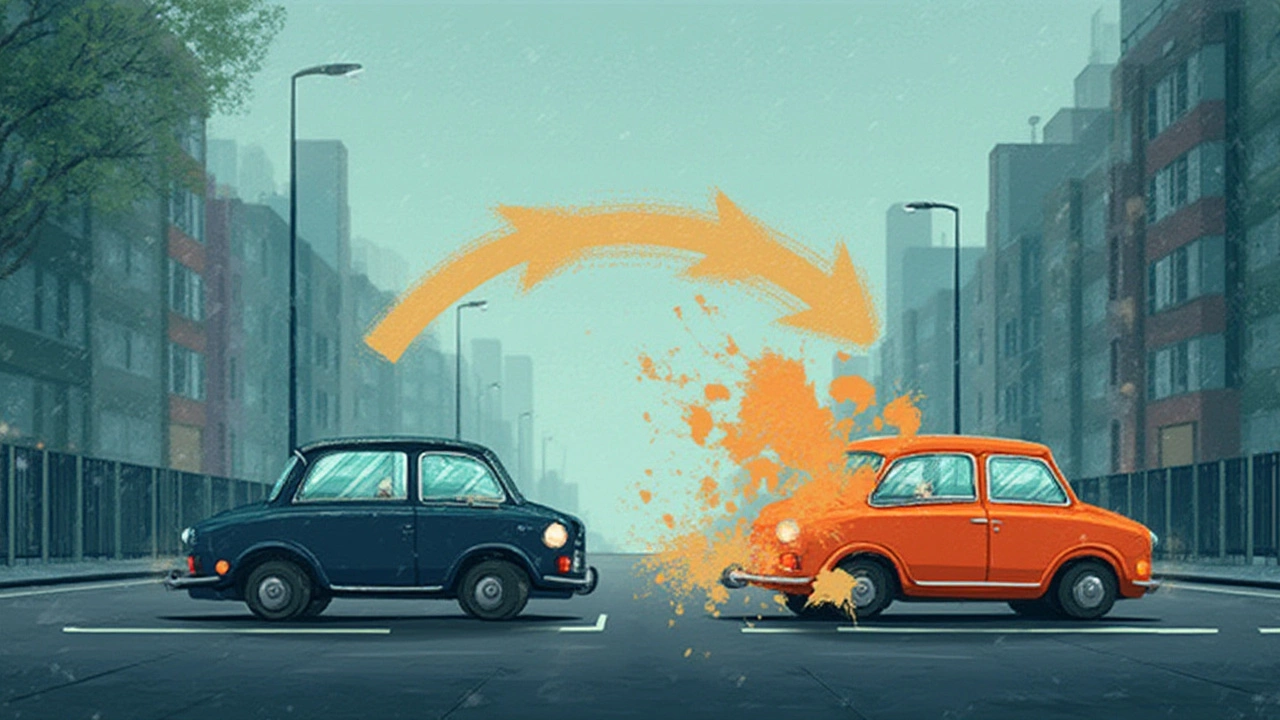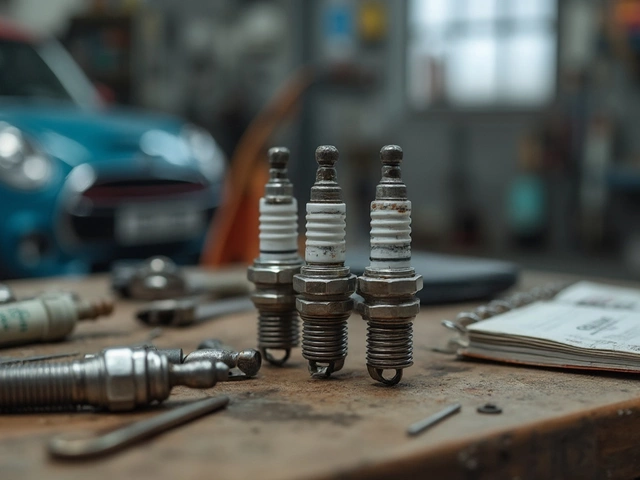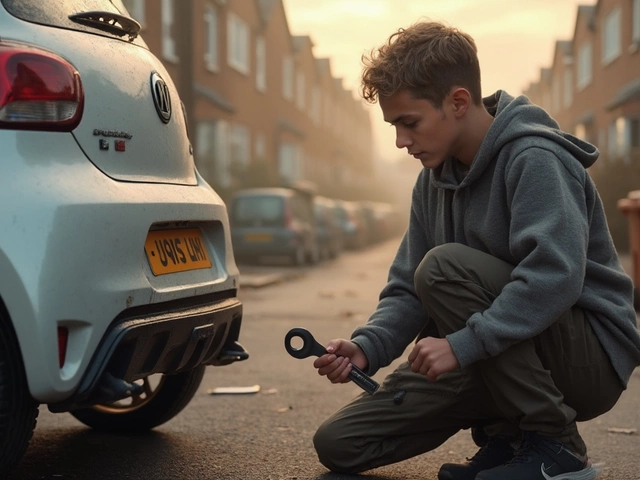If you’ve ever found yourself frustrated with clutch fade or slipping when pushing your car a little harder than usual, you’re not alone. More drivers are discovering that the clutch isn’t just a boring pedal—it’s a line between everyday driving and something that feels truly alive. A Stage 2 clutch kit isn’t about racing in the streets or impressing friends at car meets. It’s for folks who want consistent, confident engagement, more grip under stress, and a clutch pedal that keeps up when engines get tuned, or you’re towing a chunky load. Let’s talk real gains and what really changes with a Stage 2 clutch kit.
What Makes a Stage 2 Clutch Kit Different?
The jump from a stock clutch to a Stage 2 clutch kit isn’t about slapping a fancier sticker on the box. First up, the materials swap out. Most stock clutches rely on organic compounds; they’re soft, smooth, and built for comfort during daily commutes. A Stage 2 kit usually upgrades to a hybrid material, often a blend of Kevlar or ceramic with organic bits. The end result? You get a clutch disc that bites harder and handles way more heat before it starts glazing or fading.
The pressure plate in these kits is another story. They’re not just stiffer for fun—there’s actual engineering behind the tighter spring ratings, so clamping force goes up. Why does that matter? A stronger clamping force grips the flywheel like you’re pressing the world’s strongest handshake. This means less slipping during heavy launches or when hauling. If you’ve ever noticed your clutch pedal gets mushy after some spirited driving, the increased strength in a Stage 2 clutch will make it feel firmer, more deliberate, and consistent whether you’re in city traffic or hitting the highway on-ramps.
Here’s a cool fact: in most cases, a quality Stage 2 clutch kit doesn’t add much weight to your foot, meaning pedal effort only jumps slightly—if at all. Some people worry their left calf will double in size, but most drivers adapt after a couple of days. And, if you’re pairing it with a lightweight flywheel (which is not always part of the kit but is a popular upgrade), you’ll notice faster rev-matching and a nimbler feel, but that’s another topic.
You might be surprised by the variety of Stage 2 clutch kits out there. Some brands push ceramic pucks, while others focus on full-face Kevlar pads. Your driving style matters here. Daily drivers who want reliability and occasional fun might lean toward kits with more organic material—smooth engagement and quieter operation. If you’re pushing boost or running nitrous, ceramic or metallic pucks can handle more abuse but will chatter and grab a bit rougher.
An interesting tidbit: some manufacturers publish torque ratings—let’s say 350 to 400 foot-pounds—for Stage 2 kits. Always compare these numbers to what your car’s putting out after mods. People sometimes buy purely on the ‘Stage’ name, ignoring torque capacity, then run into trouble when they turn up the boost and the clutch can’t hang. Check the specs, not just the label.

Why and When Do You Need a Stage 2 Clutch Kit?
Not everyone needs to jump to a Stage 2 clutch. For someone with a stock family sedan, the everyday clutch was picked for a reason—it’s cushy and lasts for years under mild conditions. But, as soon as you start tuning the engine, increase horsepower with a turbo, swap out for stickier tires, or plan on some track days, the stock clutch starts falling behind. It might slip at higher RPM, fade after stop-and-go traffic mixed with hard pulls, or—worst case—leave you stranded with a burning smell you can’t ignore.
If you’ve ever watched smoke pour out after a hard launch at a drag strip, you know the panic that follows. Stage 2 kits step up the game for these situations. They’re designed to handle sudden torque spikes, rapid gear changes, and heat cycles that stock setups just can’t. For example, let’s say you add a supercharger to your Mustang or tune your WRX for an extra 75 horsepower—the clutch becomes a weak link without some help.
But it’s not only about crazy horsepower. Maybe you just tow a trailer on weekends, or your job involves stop-and-go traffic with a loaded work van. Clutches face more stress with extra weight. This is where a Stage 2 kit’s upgraded friction materials and heavy-duty pressure plates give you peace of mind. They’re built to last longer under stress, and you’ll feel the difference right from the first drive.
Another big reason for upgrading: longevity. If your old clutch wore out way sooner than expected after some relatively mild mods, a Stage 2’s materials are formulated to outlast organic compounds under tougher conditions. They shed heat more efficiently and recover from brief periods of slipping way better, so you can get back into the power much quicker.
Here’s a concrete example: Factory Subaru WRX clutches are legendary for tapping out just as owners start tuning. Aftermarket shops often recommend a Stage 2 kit as a ‘no-brainer mod’ once power numbers jump above 300 horsepower. It’s not hype; it’s well-documented by owners who track their cars. You see the same pattern with Civic Si’s and Volkswagen GTIs—once you throw a tune at them, the clutch has to evolve too.
Cost is definitely something drivers ask about. A Stage 2 clutch kit typically costs a bit more than a stock replacement, but the price difference narrows as you factor in durability and performance. And unless you’re wrenching yourself, there’s labor—since most cars require the transmission to be dropped. People sometimes try to cheap out here, only to end up paying for a second install when their budget clutch fails.
People often ask: do Stage 2 clutch kits make the car less enjoyable for everyday use? In most cases, the answer is no—with today’s advanced friction blends, you’re not sacrificing daily drivability unless you go wild with track-only parts. But be prepared for a clutch pedal that’s a little firmer, and (depending on the kit) maybe a hint of chatter at low RPM. You get used to it. Plus, for anyone who drives spiritedly or on backroads, that sharper engagement becomes addictive fast.

Installation, Break-In, and Tips for Maximizing Your Stage 2 Clutch
Tossing in a Stage 2 clutch isn’t something you do on your lunch break. Even for experienced DIYers, it’s a job that requires patience, solid tools, and hopefully a buddy who knows transmissions. You need to separate the transmission from the engine, sometimes fight with rusty bolts, and then make sure everything is aligned perfectly during reassembly. If you mess up the alignment, you’ll fight to get the trans back in, or worse—you’ll damage that precious new clutch catching gears crookedly.
Something people overlook: always resurface or replace the flywheel while you’re in there. A glazed or uneven flywheel surface can ruin the feel and bite of your brand-new clutch instantly. Some drivers try to cut corners, but the hour or two and small extra cost is absolutely worth it for longevity and smoothness. And if you want even snappier response, think about swapping to a lightweight flywheel—just be aware this can make clutch engagement a bit grabbier, so daily commuters should weigh the pros and cons.
The break-in period for a Stage 2 clutch isn’t just a myth—it really matters. Plan on at least 500 miles of easy driving, avoiding hard launches, aggressive shifting, and high-rev starts. This lets the friction surfaces mate properly, creating the contact pattern that keeps your clutch healthy for the long haul. Skip break-in and you risk glazing (shiny spots that cause slipping), uneven wear, or even chipping pads under stress. Nobody wants to pull their transmission twice.
If you’re going Stage 2, you’ll want to keep the rest of your drivetrain in check. Inspect your throwout bearing, pilot bearing, and hydraulic lines while you’re at it. A new clutch won’t solve problems caused by worn linkage or leaky hydraulics. And if there’s any doubt about the rear main seal (right at the end of the crankshaft), replace it now—oil leaks can wreck a clutch faster than any burn-out session.
- Pro tip: If you’re new to manual clutches, don’t be afraid of a slightly more aggressive feel. Most drivers adapt quickly, and some even find they like the direct feedback once they’re used to the quicker catch point.
- Always bed in your new clutch by varying your shift points and avoiding repetitive patterns—mix up your city and highway miles, and don’t let your car idle in gear for long stretches until the clutch is fully broken in.
- Document any changes to your braking or shifting habits during the break-in—this makes troubleshooting any future issues a lot easier, especially if you notice noises or a creeping pedal.
Stage 2 clutch kit upgrades aren’t just for racers or show-offs. Anyone who’s boosted their engine, carries more than just passengers, or simply wants driving to feel a little more connected will notice the benefits. Clutch upgrades are both physical and psychological—after that first hard pull with a confident clutch, you wonder why you waited so long.
There’s no shortage of forums with success stories (and, yeah, a few horror stories) about clutch swaps gone right and wrong. Always buy from reputable brands; check for fitment details for your car. Ask for torque specs, compare with your platform’s known weak points, and don’t skimp on hardware—new bolts and alignment tools are cheap insurance. Most of all, talk to other drivers. Real-life feedback is priceless, whether it’s from someone with the same car or just a friend who’s done the job before. You’ll learn the quirks, tips, and maybe even discover a shortcut for that last stubborn bellhousing bolt everyone dreads.






